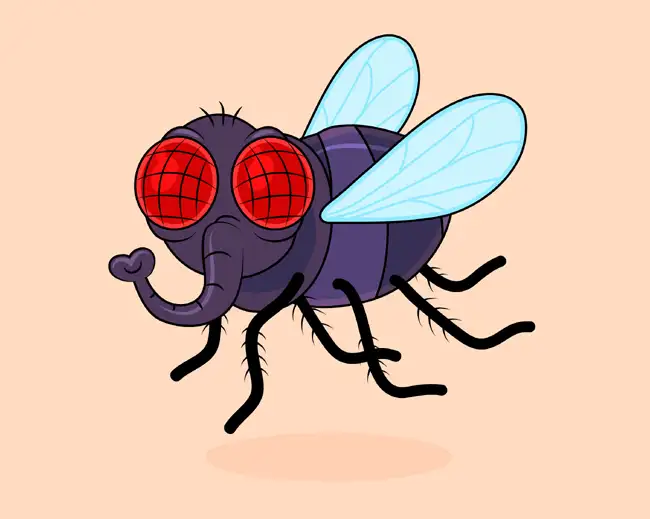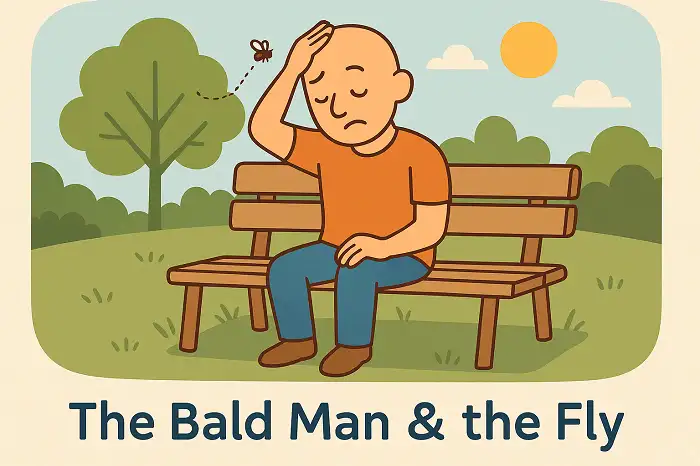IELTS Listening Practice Mosquito Bite IELTS Listening Practice Mosquito Bite About this activity This activity is labeled round table by Dr. Hariri, the creator and administrator of LELB Society. This activity is on the premise of Flipped Learning, according to which the students watch a video before the class, carry out research into the selected theme, and prepare themselves for an informed discussion in the class. This activity is on the basis of both synchronous and asynchronous computer-mediated communication (CMC), according to which the students are also encouraged to be active even before the class. In this flipped classroom activity, the students are encouraged to utilize the comment form at the bottom of the post to to exchange their questions, findings, and experiences with each ...
Home » Listening Practice in English » IELTS Listening Practice Mosquito Bite

IELTS Listening Practice Mosquito Bite
Updated: by Dr. Mohammad Hossein Hariri Asl
Time to Read: 5 minutes | 353 Views | 13 Comments on IELTS Listening Practice Mosquito Bite
Share This Post
About the Author
Dr. Mohammad Hossein Hariri Asl is an English and Persian instructor, educator, researcher, inventor, published author, blogger, SEO expert, website developer, entrepreneur, and the creator of LELB Society. He's got a PhD in TEFL (Teaching English as a Foreign Language).
Number of Posts: 4242



6. Elaborate on the different mechanisms of the six needles inside a mosquito’s sheath.
5. When does a mosquito separate water from the blood?
Mosquitoes separate water from the blood during the feeding process. When a mosquito sucks blood, it consumes more liquid than it needs. To avoid becoming too heavy and to concentrate the nutrients, the mosquito quickly expels the excess water from its body through its anus. This process happens while it is still feeding, allowing the mosquito to efficiently process the blood meal and stay light enough to fly away.
4. How many needles are there inside of mosquitos’ sheath?
It’s better to omit “of” after “inside”.
mosquitoes’ sheaths
Thank you so much.
You’re so welcome.
3. What makes a mosquito’s bite so effective?
A mosquito’s bite is highly effective due to its specialized mouthparts and the stealthy approach it employs. The mosquito’s proboscis, a needle-like structure, is composed of multiple parts that work together to pierce the skin and locate blood vessels with precision. The mosquito injects saliva containing anticoagulants to prevent the blood from clotting, allowing it to feed without interruption. Additionally, the saliva has mild anesthetic properties, which can numb the area and make the bite less noticeable, giving the mosquito ample time to finish feeding before being detected. This combination of anatomical specialization and biochemical tools makes the mosquito’s bite both efficient and effective in extracting blood from its host.
2. Which mosquitoes tend to sting creatures? Why?
Only female mosquitoes tend to “sting” or bite creatures, and they do this to obtain the blood needed for developing their eggs. Blood provides essential nutrients, such as proteins and iron, which are crucial for egg production. Male mosquitoes, on the other hand, primarily feed on nectar and other plant juices. The need for a blood meal in females is directly linked to their reproductive cycle, making it an essential part of their life process.
1. Who are the most vulnerable to mosquitoes?
Mosquitoes are particularly drawn to certain groups of people and animals, making them more vulnerable to bites. Generally, individuals who emit more carbon dioxide, such as larger people and pregnant women, tend to attract mosquitoes. People with higher body temperatures and those who sweat more are also more likely to be bitten. Additionally, mosquitoes are attracted to specific body odors and chemicals found in sweat, which can vary from person to person. Certain blood types, particularly type O, are also known to be more attractive to mosquitoes. On the animal front, mammals like cattle, horses, and dogs are common targets due to their large size and warmth.